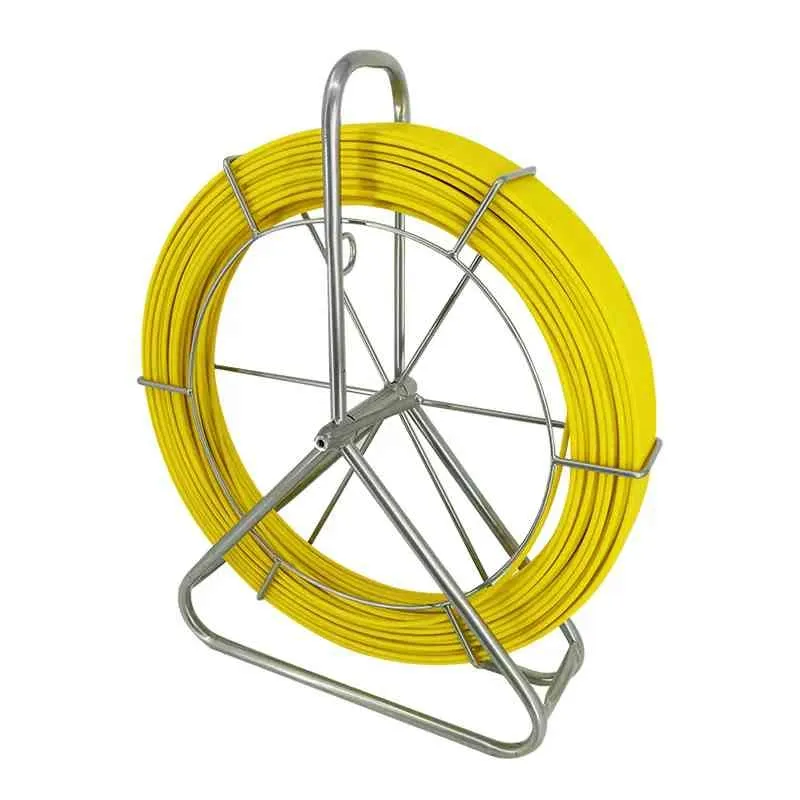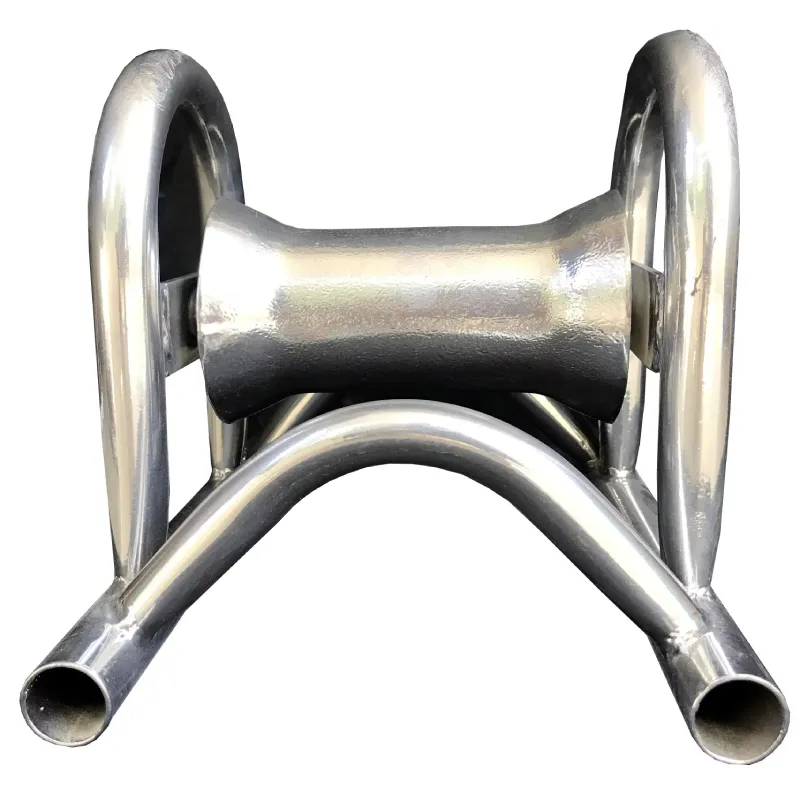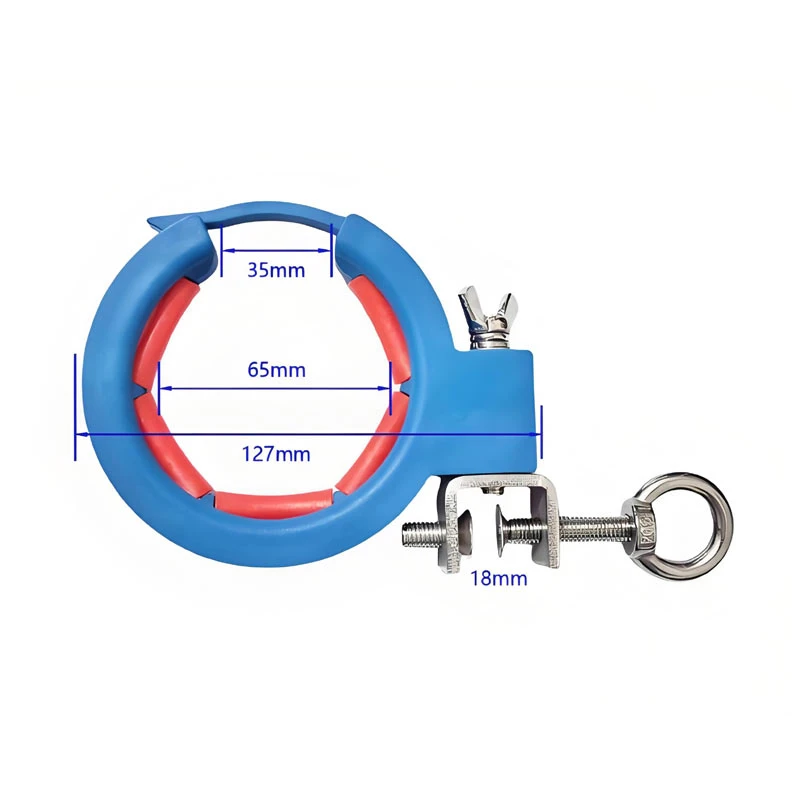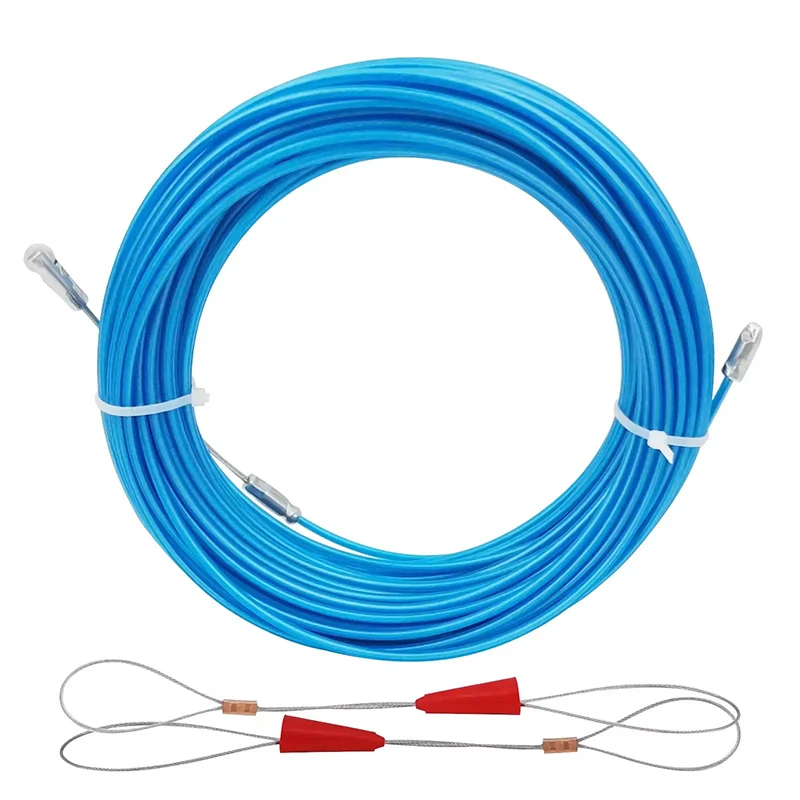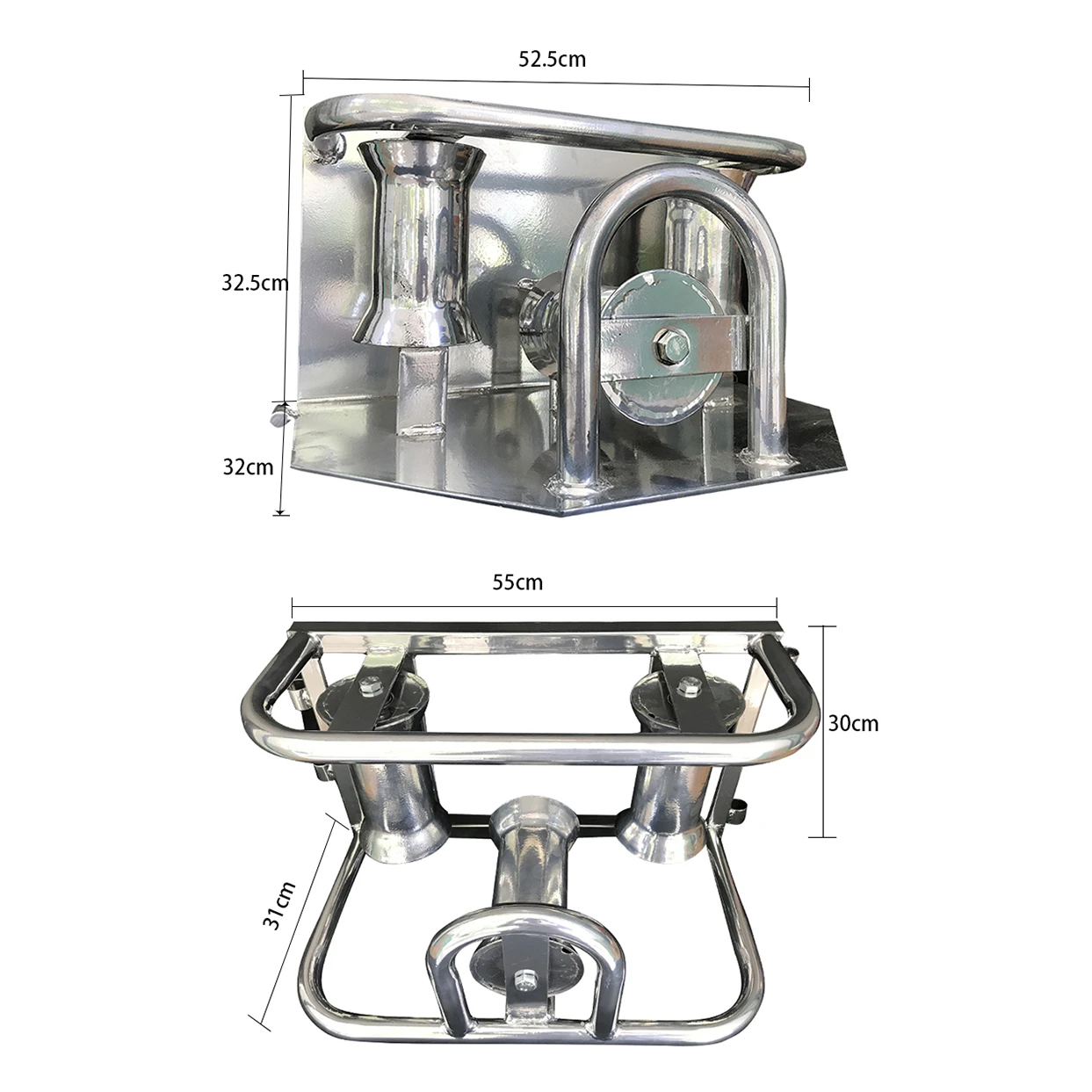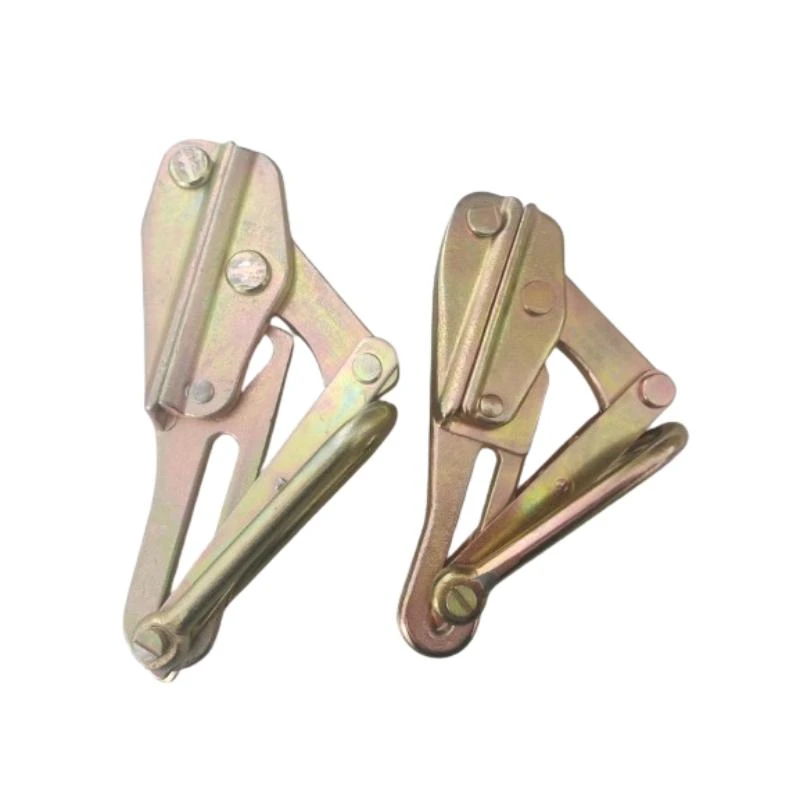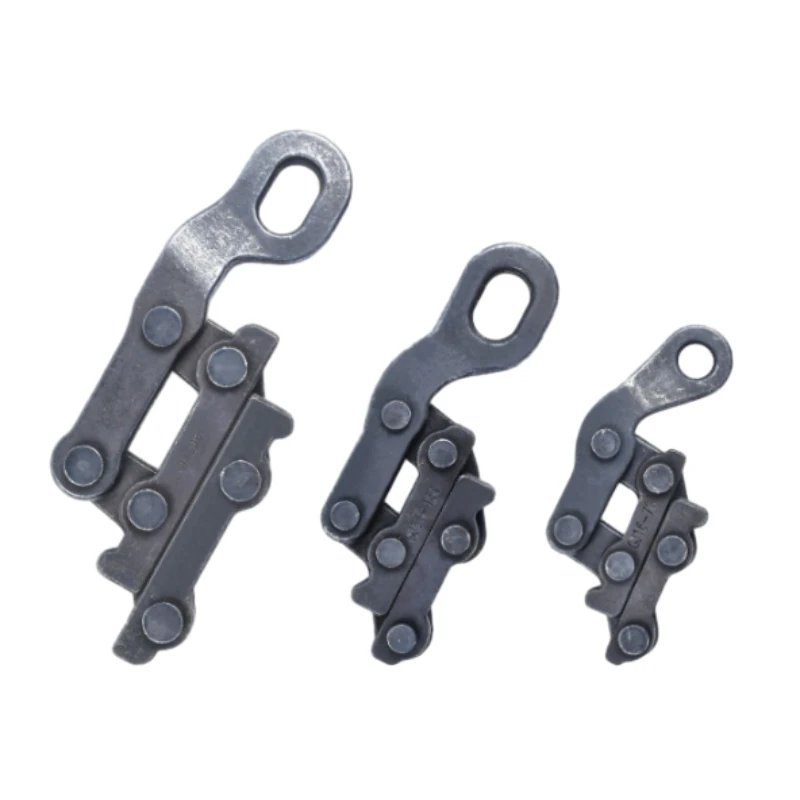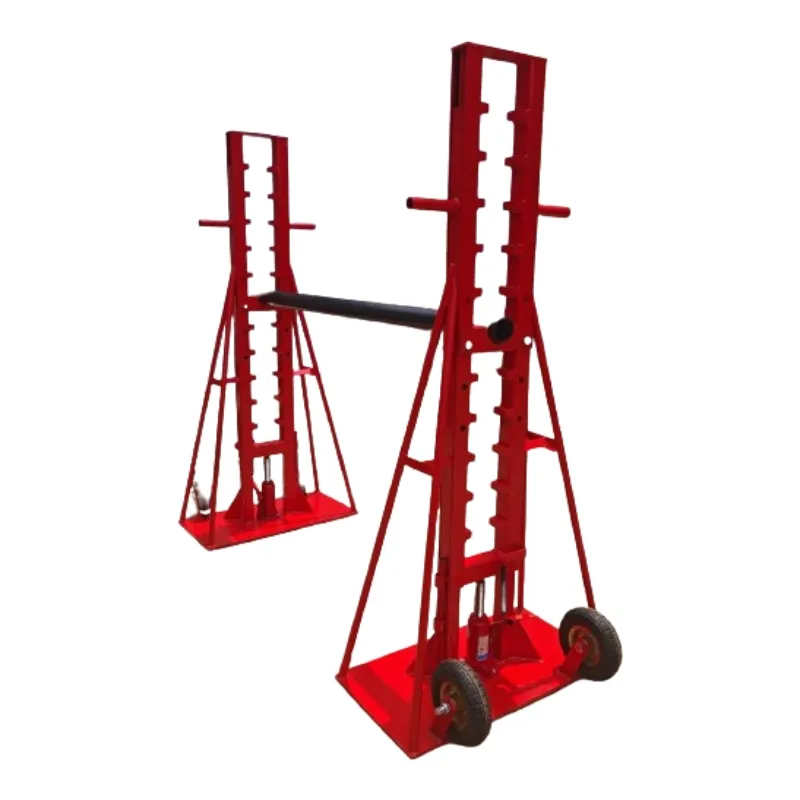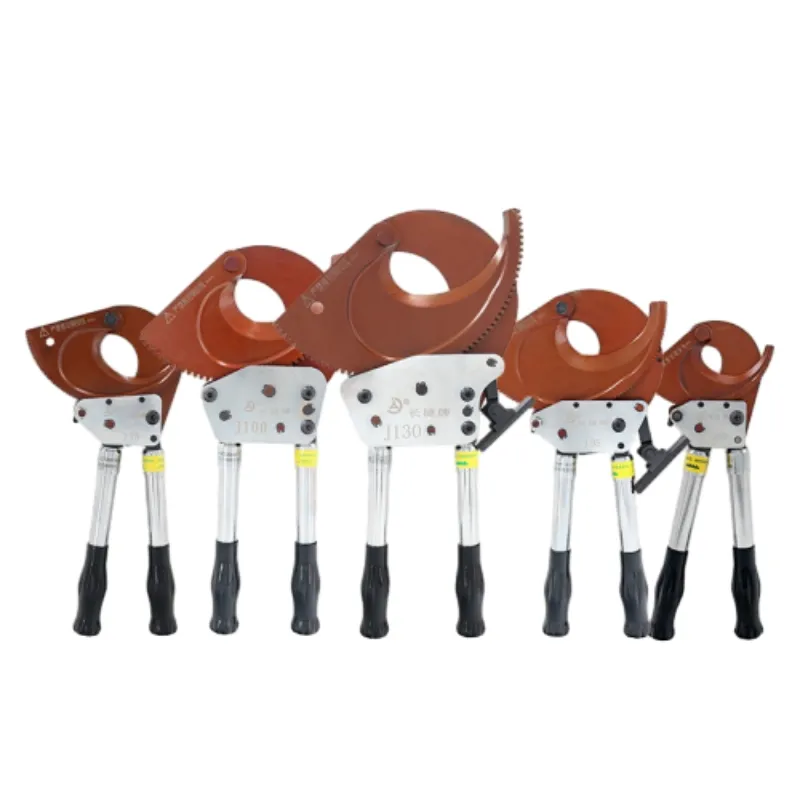Cable Laying Tools
Introducing the Ultimate Cable Laying Tools: Your Go-To Solution for Efficient and Precise Cable Installation
In today’s fast-paced world, the demand for reliable and efficient cable installation has never been higher. Whether you are a professional electrician, a contractor, or a DIY enthusiast, having the right tools at your disposal is crucial for ensuring that your cable laying projects are completed with precision and ease. That’s where our state-of-the-art Cable Laying Tools come into play.
Why Choose Our Cable Laying Tools?
Our Cable Laying Tools are designed with the user in mind, combining innovative technology with ergonomic design to provide you with the best possible experience. Each tool in our collection is crafted from high-quality materials, ensuring durability and longevity, even in the most demanding environments. With a focus on functionality and ease of use, our tools are perfect for a variety of applications, from residential wiring to large-scale commercial projects.
Key Features:
1.Ergonomic Design: Comfort is key when it comes to cable laying. Our tools feature ergonomic handles that reduce strain on your hands and wrists, allowing you to work for extended periods without discomfort. This thoughtful design ensures that you can focus on the task at hand without being distracted by fatigue.
2. Precision Engineering: Each tool is engineered for accuracy, ensuring that your cable installations are not only efficient but also precise. Whether you are cutting, stripping, or crimping cables, our tools provide the reliability you need to get the job done right the first time.
3. Versatility: Our Cable Laying Tools are suitable for a wide range of applications, making them an essential addition to any toolkit. From residential electrical work to commercial installations, these tools can handle it all. With various sizes and types available, you can choose the perfect tool for your specific needs.
4. Durable Materials: We understand that cable laying can be tough on tools. That’s why our products are made from high-quality, durable materials that can withstand the rigors of daily use. You can trust that our tools will stand the test of time, providing you with reliable performance for years to come.
5. Safety Features: Safety is paramount in any electrical work. Our Cable Laying Tools come equipped with safety features designed to protect you while you work. From insulated handles to built-in safety locks, we prioritize your well-being so you can focus on your project without worry.
Applications:
Our Cable Laying Tools are perfect for a variety of applications, including:
- Residential wiring projects
- Commercial electrical installations
- Networking and telecommunications
- Audio and video installations
- Industrial cable management
Customer Satisfaction Guaranteed:
We take pride in our products and stand behind their quality. Our Cable Laying Tools come with a satisfaction guarantee, ensuring that you are completely happy with your purchase. If for any reason you are not satisfied, our customer service team is here to assist you and provide solutions.
Our Cable Laying Tools are the perfect solution for anyone looking to streamline their cable installation process. With their ergonomic design, precision engineering, and durable materials, these tools are built to meet the demands of both professionals and DIY enthusiasts alike. Don’t settle for less when it comes to your cable laying projects—choose our Cable Laying Tools and experience the difference for yourself. Elevate your work efficiency and achieve flawless results with tools that are designed to perform. Order yours today and take the first step towards hassle-free cable installation!
What Equipment Is Used For Cable Laying?
Cable laying is a critical process in various industries, including telecommunications, power distribution, and data networking. The efficiency and effectiveness of this process largely depend on the tools and equipment used. In this article, we will explore the essential cable laying tools and equipment that facilitate the installation of cables, ensuring that the job is done safely and efficiently.
1.Cable Laying Machines
One of the most significant pieces of equipment used in cable laying is the cable laying machine. These machines are designed to handle large volumes of cable and can lay them quickly and accurately. They come in various types, including trenchers, plows, and cable drum trailers. Trenchers are used to dig trenches for underground cables, while plows can lay cables directly into the ground without the need for extensive digging. Cable drum trailers are essential for transporting and unwinding large spools of cable, making the laying process more manageable.
2. Cable Pulling Equipment
Cable pulling equipment is crucial for installing cables, especially in underground or hard-to-reach areas. This equipment includes cable pullers, which can be manual or powered, and are used to pull cables through conduits or ducts. Additionally, cable grips, also known as cable socks, are used to secure the cable during the pulling process, preventing damage and ensuring a smooth installation. The use of cable lubricants can also facilitate easier pulling, reducing friction and the risk of cable damage.
3. Cable Splicing Tools
Once the cables are laid, they often need to be spliced together to create a continuous line. Cable splicing tools are essential for this process. These tools include cable cutters, strippers, and crimping tools. Cable cutters are used to cut cables to the desired length, while strippers remove the insulation from the ends of the cables, allowing for proper connections. Crimping tools are then used to attach connectors to the cable ends securely. Proper splicing is crucial for maintaining signal integrity and ensuring the longevity of the cable installation.
4. Testing Equipment
After the cables are laid and spliced, testing equipment is necessary to ensure that the installation is functioning correctly. Cable testers can check for continuity, signal strength, and any potential faults in the cable. These testers can range from simple multimeters to advanced network analyzers that provide detailed diagnostics. Ensuring that the cables are functioning correctly before finalizing the installation can save time and resources in the long run.
5. Safety Gear
Safety is paramount in any cable laying operation. Workers should be equipped with appropriate safety gear, including helmets, gloves, and high-visibility clothing. Additionally, tools such as cable reels and safety barriers should be used to prevent accidents during the installation process. Proper training on the use of cable laying tools and equipment is also essential to minimize risks and ensure a safe working environment.
The process of cable laying involves a variety of specialized tools and equipment that are essential for successful installation. From cable laying machines and pulling equipment to splicing tools and testing devices, each piece of equipment plays a vital role in ensuring that cables are laid efficiently and safely. By utilizing the right tools and adhering to safety protocols, professionals can achieve high-quality installations that meet the demands of modern infrastructure. As technology continues to evolve, so too will the tools and techniques used in cable laying, paving the way for even more efficient and effective installations in the future.
Which Tool Is Best For Identifying A Specific Cable Within A Bundle Of Cables?
In the world of electrical installation and maintenance, cable laying tools play a crucial role in ensuring that cables are installed correctly and efficiently. Among the various challenges faced by technicians and electricians, identifying a specific cable within a bundle can be particularly daunting. With numerous cables often intertwined, the need for effective identification tools becomes paramount. This article explores the best tools available for identifying specific cables within a bundle, enhancing both safety and efficiency in cable management.
Understanding Cable Bundles
Before diving into the tools, it’s essential to understand what cable bundles are. A cable bundle typically consists of multiple cables grouped together for organization and protection. These bundles can be found in various settings, from residential wiring to large industrial installations. The challenge arises when a technician needs to locate a specific cable within this mass of wires, especially when they are not labeled or color-coded.
The Importance of Cable Identification
Identifying the correct cable is critical for several reasons. First, it ensures that maintenance and repairs can be conducted without disrupting other systems. Second, it minimizes the risk of accidental damage to cables, which can lead to costly repairs or safety hazards. Lastly, proper identification aids in troubleshooting, allowing technicians to quickly pinpoint issues without unnecessary delays.
Best Tools for Cable Identification
1.Cable Tracers: One of the most effective tools for identifying specific cables is a cable tracer. This device sends a signal through the cable, which can then be detected by a receiver. The technician can follow the signal along the cable path, making it easy to identify the correct cable within a bundle. Cable tracers are particularly useful for long runs of cable where visual inspection is not feasible.
2. Tone Generators: Similar to cable tracers, tone generators work by sending a tone through the cable. The technician uses a probe to listen for the tone, allowing them to identify the specific cable. This method is especially effective in crowded environments where multiple cables are present.
3. Cable Labels and Markers: While not a tool in the traditional sense, using cable labels and markers during installation can save a lot of time in the future. By labeling cables as they are laid, technicians can easily identify them later without the need for additional tools. This proactive approach is highly recommended for any installation project.
4. Wire Identification Tags: For existing installations, wire identification tags can be attached to cables to help with future identification. These tags can be color-coded or numbered, providing a quick reference for technicians.
5. Smart Cable Management Systems: In more advanced settings, smart cable management systems can be employed. These systems use technology to track and identify cables within a bundle, often integrating with software that provides real-time data on cable status and location.
The task of identifying a specific cable within a bundle can be simplified with the right tools. Cable tracers and tone generators stand out as the most effective options for locating cables without causing disruption. Additionally, proactive measures such as labeling and using identification tags can significantly reduce the time spent on cable management in the future. By investing in quality cable laying tools and adopting best practices, technicians can enhance their efficiency and ensure safer electrical installations. Whether you are a seasoned professional or a DIY enthusiast, understanding and utilizing these tools will undoubtedly make your cable management tasks easier and more effective.



















































































































